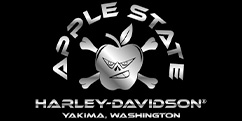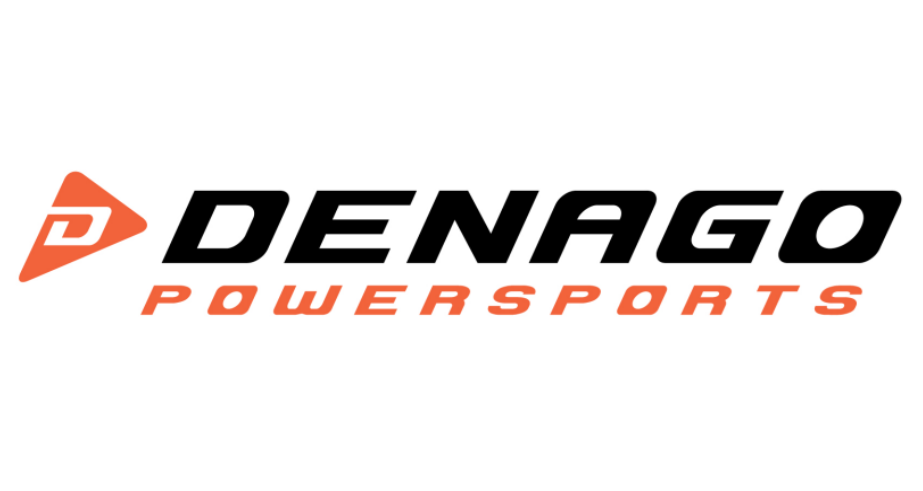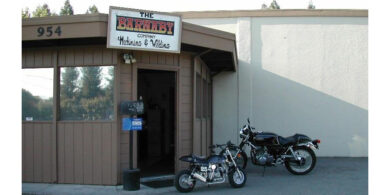The art and science of preparing your dealership for sale: Part 1
This article was written by contributing writers Brad Stanek and Paulina Matel, who also share part 2 of how to prepare a dealership for sale.
Selling your dealership is a significant undertaking requiring careful planning and execution. The art of preparing a dealership for sale involves developing a clear vision and strategy for your family’s future since it requires thoughtful negotiations, industry relationships with the right potential buyers and presenting your dealership in the best possible light. The science side requires an in depth understanding of your dealership’s financial metrics, as well as conducting due diligence and navigating the tax complexities of the transaction.
Makes sense, right? Yet sobering data from the Exit Planning Institute shows five out of six business owners (83%) do not have an exit plan in writing. What’s more, 98% are not sure of the value of their businesses and four out of five (78%) have not set up a formal advisory team to help plan their exits. Perhaps that’s why so many hard-working dealers are dissatisfied with the outcome of their sales. Don’t be one of them.
Higher interest rates, a looming recession and tighter financial conditions for consumers, dealers, manufacturers, and buyers alike means powersports dealers should not expect the same level of profits they enjoyed during the pandemic. But there are still plenty more buyers than sellers in the powersports arena, and valuations remain strong.
Given this backdrop, how can you accurately determine what your dealership is worth? Our group, the Stanek Group at Morgan Stanley, recently co-hosted a webinar with George Chaconas and Courtney Bernhard of Performance Brokerage Services to answer those questions.
In this article, we explore the factors that impact your dealership valuation. In our ‘Part 2’ on this topic, we will explore ways to plan for a dealership sale to maximize proceeds.
New landscape for the industry
George C. Chaconas, senior partner, National Harley-Davidson & Powersports Division of Performance Brokerage Services told us on a recent webinar that the market will determine what a willing buyer will pay and what a willing seller will accept.
With that said, Chaconas believes buyers are becoming more selective and sellers are becoming more realistic than they were at the height of the market a few years ago.
Chaconas’s partner, Courtney A. Bernhard, believes she’s been breaking seller’s hearts lately. “The goodwill is pie in the sky,” she says. “Based on our analysis and comps, it often comes down to how motivated the seller is and how motivated the buyer is to own a franchise in a certain business.”
Every dealer wants to know their multiple, of course. But it’s hard to throw out a standard multiple without doing careful analysis. Chaconas shares that there’s a wide range of multiples, depending on each buyer’s and each seller’s immediate needs.
“I’ve sold money-losing powersports and Harley-Davidson dealerships for millions of dollars because of the opportunity for a buyer to own a franchise business with territorial protection,” Chaconas says.
Mind your buckets
When Bernhard starts working with sellers, she advises them to look at their business as a series of buckets. Some buckets need to be filled up with more data and other buckets need to be cleaned up before the sale.
For instance, for furniture, fixtures and equipment (FF&E), Bernhard often sees 25−year-old items on the depreciation schedule or even items that have long since been disposed of. That’s a red flag for buyers. On the flip side, Bernhard says she often sees new items that have come into the business – special tools and lifts, etc. – that have never been added to the depreciation schedule. This is also a red flag.
Then there is mismanagement of parts, accessories and general merchandise. “I’m super passionate about this area,” Bernhard notes. “Whether it’s automotive, powersports or Harley-Davidson, the parts department gets absolutely no love.
“Dealers don’t move obsolescence off their sheets. If you are preparing for a sale, when is the last time you did a full physical inventory on your parts? Are they barcoded? Questions like this always come up before closing. The last thing you want is to show a huge delta between what the seller thought they had in inventory and what is actually there on the shelf.”
With advance planning, you have time to clean up those inaccuracies. There are wholesalers that will buy used parts as well as an active market online.
Finally, consider moving out old inventory as quickly as possible. Don’t sit and wait for the best deal. Just get it out the door. “You don’t want to be negotiating over used inventory that’s underwater at your closing,” Bernhard says.
When it comes to your real estate, Chaconas explains that it’s imperative to get a thirdparty appraisal done by a reliable national firm. Also, if you have been paying yourself above (or below) market rent on your real estate, Chaconas says you’re understating (or overstating) your earnings and that can impact your valuation. He says the new owner will insist paying only market rent.
“We often see the seller turning over unadjusted profit/loss statements to the buyer without factoring in the recasting that could make the earnings look substantially different,” Chaconas says. “This gives the buyer leverage over what gets recast.”
Conclusion
You’ve worked too hard to build your dealership to leave exit planning to chance. Start the planning process well in advance and make sure you have the right team in place to ensure the best possible outcome for you, your family, your dealership and your community.
Other factors that dealers consider
- Market presence- Dealers are always interested in acquiring a strategic or geographic footprint, or maybe a line that they don’t currently carry.
- Financial performance– Many buyers are looking to buy dealerships with strong revenue growth and financial track record.
- Operational efficiency– Dealerships that run well without the owner being present are also very attractive to buyers.
- Curb appeal- It’s like selling your house. What’s the buyer’s first impression of your dealership? Is it clean? Are the tiles stained? Is the roof leaking? Is the parking lot paved? Has the exterior been painted recently?
- Getting your ducks in a row– Have upto-date and well-organized financials. Make sure key business documents are not missing. If a buyer sees you scrambling around to find important documents at closing – articles of incorporation, shareholders agreements and updated minutes – they’ll assume you’ve also been running your dealership in a haphazard fashion and that can impact your valuation.
Brad Stanek, CFP, is a senior vice president of The Stanek Group at Morgan Stanley in Chicago, IL. Reach him at brad.stanek@ms.com.
Paulina Matel, CFP, is a financial advisor at The Stanek Group at Morgan Stanley in Chicago, IL. Reach her at Paulina.Matel@morganstanley.com.









